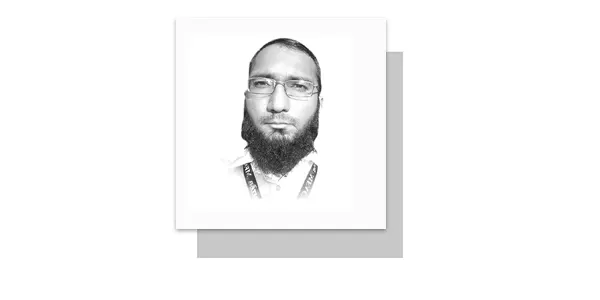AN estimated 35 million adult women in Pakistan own a phone, 18 million adult women use mobile internet and approximately, 13.3 million adult women own smartphones in Pakistan. These women can be the potential customers for mobile banking accounts. As per GSMA Mobile Gender Gap Report 2023, 31% of female mobile internet users in Pakistan are only using someone else’s phone to get online compared to only 7% of men. The Financial Inclusion Insights (FII) Survey 2020 findings show that only 26% of female respondents indicated owning a cell phone.In contrast, the proportion was almost 3 times more for male respondents. Similarly, in case of SIM card ownership, the gender divide was as high as 47%. Interestingly, there is less gender gap in internet awareness (88% men vs 84% women). This gap has narrowed down to 4% in 2023 from 30% in 2018. Hence, those women who own smartphones would very likely be aware of internet use and have not much difficulty in using mobile apps. However, there can be language and financial literacy barriers which requires user friendly interfaces in multiple local languages and smart prompts with secured access.
Economic Survey of Pakistan shows that there are more than 15 million adult women who have done matriculation, intermediate, graduation, masters and above or any diploma and certification. Two-third of these women reside in urban areas. They have the requisite skills to join labour force in semi-skilled and skilled professions. They may need financing for micro-entrepreneurship, higher education, consumer financing and access to banking accounts to receive salaries and make payments. On the other hand, out of an estimated 62 million adult women in Pakistan, almost three-fourths have obtained CNIC. Number of women without CNIC in rural areas are twice as much as women without CNIC in urban areas. Even within that group, majority of women without CNIC fall in the age group of 20 years to 35 years. As many as 61% of women in Pakistan without CNIC fall in the age group of 20 years to 35 years. For rural areas, this percentage is 60% and for urban areas, it is 62.5%.
It remains a major impediment in access to banking besides i) lower, irregular and unverifiable source of income, ii) mobility and connectivity constraints in transport, internet and mobile, iii) lack of control over financial wealth and iv) lack of awareness and risk aversion, especially about banking services. In accessing social support through Guzara Allowance from Zakat & Ushr Department or receiving payments through Benazir Income Support Program, beneficiaries need to have CNIC. CNIC is also a fundamental requirement to open a bank account. Hence, in providing basic banking account to the women in lower income segments, it is important for NADRA to provide CNIC to women through mobile van and biker services, more so in rural areas.
Out of approximately 17.5 million women who are part of civilian labour force (aged 10 and over), almost 16 million are employed. These employed women potentially have regular source of income and can be potential target for not only deposit and savings products, but also financing products including consumer finance and micro-enterprise loans. Nonetheless, more employed women are in rural areas than in urban areas. Hence, their incomes may be lower, less verifiable, less regular and their employment status could involve underemployment or unpaid / unaccounted for employment. Number of women employed in labour force with education above matriculation are much less in number. Urban areas have more ratio of the well-educated women (matriculation and above) as compared to rural areas. According to the labour force data published by Pakistan Bureau of Statistics, most women are employed in agriculture, followed by manufacturing, education, health and social work, trade and repair, public administration, financial sector, ICT and engineering sector. By job nature, most women are employed in skilled agriculture, craft and trade, services and sales jobs.
Interestingly, 1.36 million women are employed as professionals and close to 99,000 work as managers. Not only they can be potential targets for consumer financing products, such as cars and homes, but also savings and insurance plans. Some of them can also be provided with business finance including SME finance, running finance and flexible personal loans, where funds can be used flexibly in both business and consumer needs. Financial inclusion of women requires efficient and smart delivery of financial services and careful market segmentation to provide tailor made products for women given their distinct demographics, financial literacy, risk attitude and mobility dynamics. Banks and financial institutions need to invest in both infrastructure and service delivery to enhance the level of financial inclusion of women in the country. Lastly, the government also needs to ease access to CNIC, social welfare services, vocational training and micro-enterprise loans through proactive legislation and public private partnership.
—The writer is Head of Postgraduate Programmes at SZABIST University, Karachi.
Email: [email protected]









